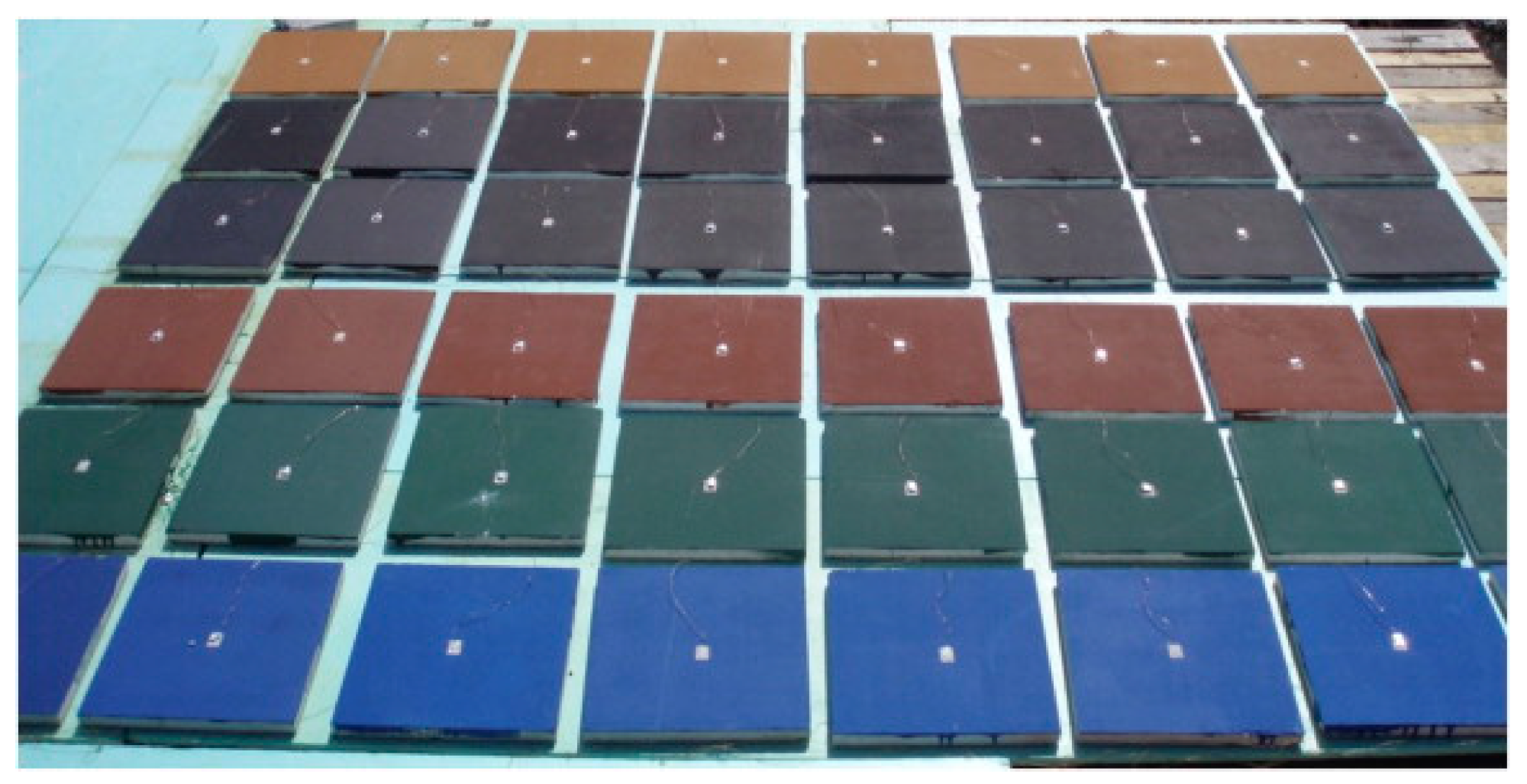A team of researchers has published a new study into so-called “Cool Pavements” which have been explored for tackling a common urban problem: heat islands. Writing in the journal Sustainability, the authors have provided an extensive analysis of the current state-of-the-art technologies, providing an insight into their properties, performance, types, and research directions.

Study: Cool Pavements: State of the Art and New Technologies. Image Credit: VOJTa Herout/Shutterstock.com
Urban Heat Rise
The Urban Heat Island effect is a phenomenon of modern society wherein there is an observable difference in air temperatures between urban, semi-urban, and rural areas. Along with the impact of climate change, urban heat islands are the main cause of rising urban temperatures.
Urban heat islands have several effects, including increased energy consumption to keep buildings cooler in the summer months, as well as increased ozone emissions, fossil fuel emissions, and urban pollution. Moreover, it causes a deterioration in the urban footprint of cities.
The relationship between surface and atmospheric temperature is not constant due to air mixing. Typically, air temperatures vary less than surface temperatures over a wide area. Dense, built-up areas contribute to urban heat rise. Consequently, areas such as gardens, parks, and other green areas within urban areas can contribute to a cooling effect, mitigating urban heat rise and its effects on the health of residents.

Illustration of how nighttime temperatures remain warmer in the urban areas due to the UHI. Image Credit: Kappou, S et al., Sustainability
Mitigation Strategies
The key role of pavements in urban heat imbalance and creating urban heat islands is well-understood. Pavements include all paved surfaces such as roads, parking areas, and sidewalks. Thermal balance is governed by several factors, including absorbed solar radiation, emitted infrared radiation, heat transfer, heat absorption in soil, and thermal energy storage in pavement materials. Thermal balance can be further influenced by factors such as road traffic and other anthropogenic heat sources.
Due to the key role of pavements, research into urban heat rise mitigation strategies has concentrated on this factor. Researchers have explored experimental techniques and simulations to analyze their role and implement mitigation strategies. Remote sensing technologies and micro-scale measurement techniques have been used to assess the road surface’s thermal properties.
Satellites have been employed in research to provide surface temperature analysis over large urban areas. Analytical and numerical models that agree with experimental observations have found increased utility in the field in recent years, providing researchers with powerful analytical capabilities.
In recent years, cool pavements have been widely investigated in studies, with their promise noted by several researchers. Cool pavements use advanced materials and coatings to reduce the surface temperature of urban areas. The importance of the technology and the scale of the problem is demonstrated by the EU’s policy interest in energy-efficient, heat-reducing pavement surfaces and their role in sustainable cities. Two of the main reasons for the interest in cool pavements are reduced energy consumption and road safety.

Heat-exchange-related processes in typical urban pavement. Image Credit: Kappou, S et al., Sustainability
The Study
The new paper in Sustainability aims to evaluate the current state of cool pavements technologies. A main focus of the study is reflective and permeable/water-retentive technologies. Several case studies of real-world cool pavement applications have been discussed in-depth in the paper. A thorough review of 142 papers in the current literature has been performed by the authors.
Current research has concentrated on the incorporation of materials into cool pavements, including waste streams such as blast furnace powder and fly ash. Scientists have developed new reflective materials and processes. Other research has focused on improving capillary action in pavements to enhance their water-retentive properties and characteristics.
Reflective white coatings and infrared-reflective dyes have been investigated as strategies to improve the cooling effect of pavements. Solar pavements, which incorporate photovoltaic devices, have proven an interesting research direction. Modified asphalt/concrete mixes and new aggregates have been studied in recent years.
The authors have stated that using large-scale initiatives to evaluate the effects of cool pavements on local microclimates and the consequences for energy consumption and thermal comfort. There is currently limited information on the thermal performance of these pavement types.
The new paper has highlighted the significant contribution that cool pavements can make to ambient temperature reduction in urban areas, mitigating the urban heat island effect. Currently, there has been significant progress in lab-based studies, but information on large-scale real-world applications and benefits must be expedited if the technology is to be realized on a global scale. Compared to the maintenance of existing pavements, progress in cool pavement implementation has largely remained stagnant.

Tested tiles coated with common, cool and PCM coatings. Image Credit: Kappou, S et al., Sustainability
The role of regulation and an integrated approach across society has been highlighted. Whilst road authorities are resistant to specifying pavement types, it should not be difficult to stimulate progress. Life cycle assessments, efficient public spending and procurement, and performance evaluations can all play a part.
Widespread cool pavement implementation provides significant benefits for the future of urban planning. However, a comprehensive approach must be taken, highlighting the technological and economic aspects, as well as encouraging government policies and regulations which favor the development of cool pavement technology and infrastructure.
Further Reading
Kappou, S et al. (2022) Cool Pavements: State of the Art and New Technologies Sustainability 14(9) 5159 [online] Available at: https://www.mdpi.com/2071-1050/14/9/5159.
Disclaimer: The views expressed here are those of the author expressed in their private capacity and do not necessarily represent the views of AZoM.com Limited T/A AZoNetwork the owner and operator of this website. This disclaimer forms part of the Terms and conditions of use of this website.